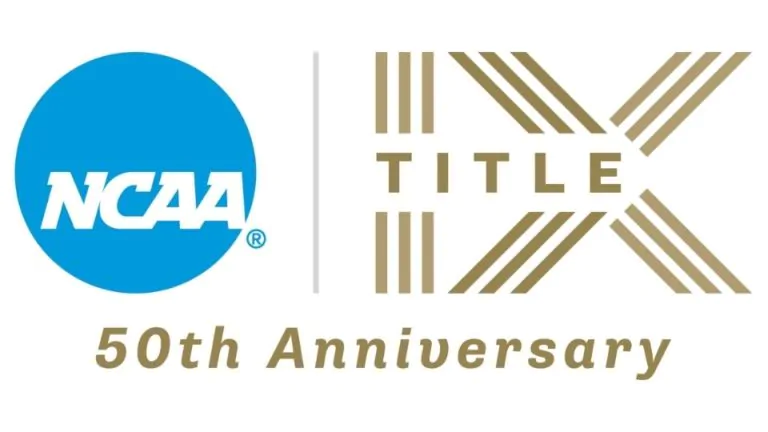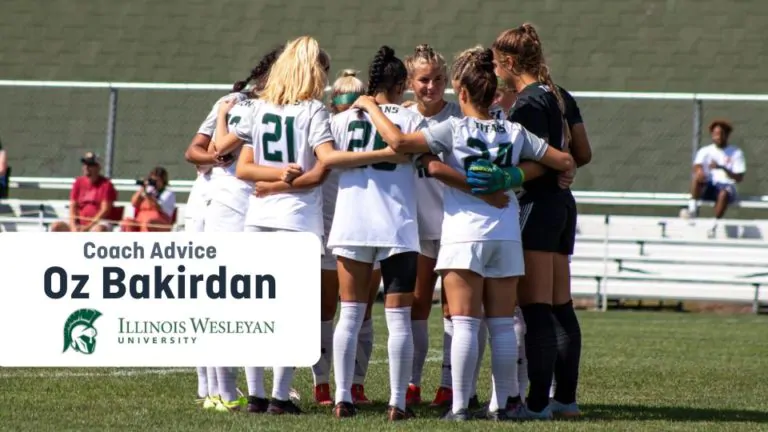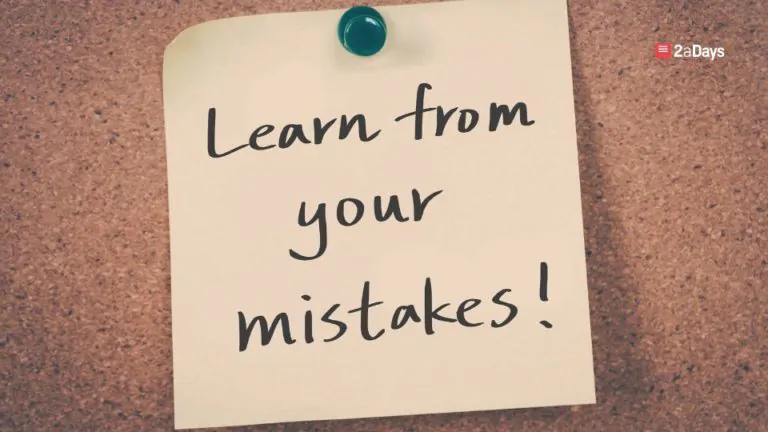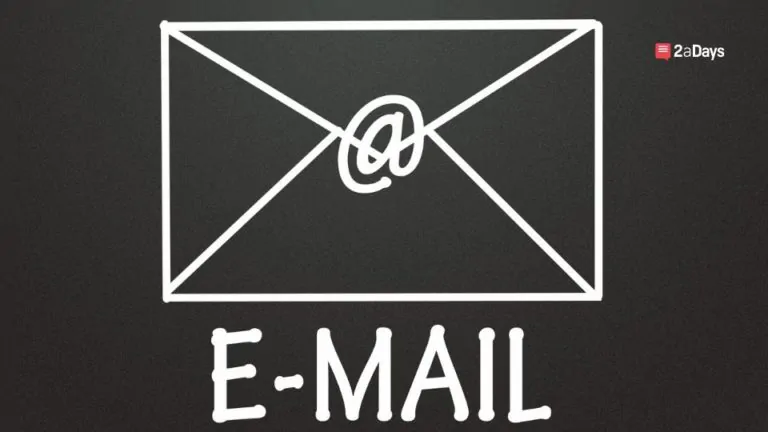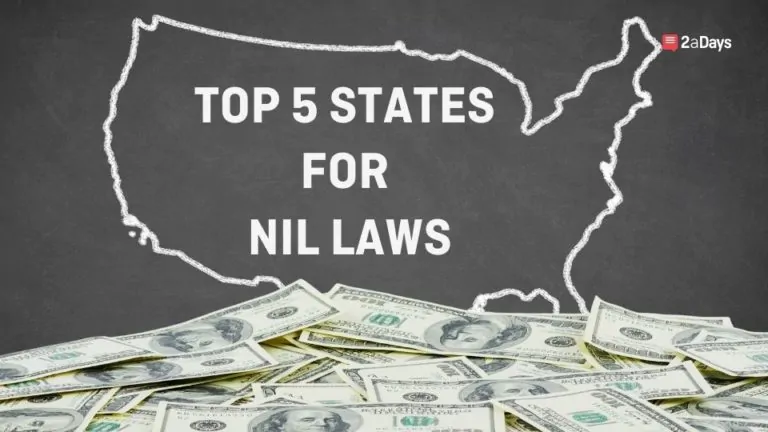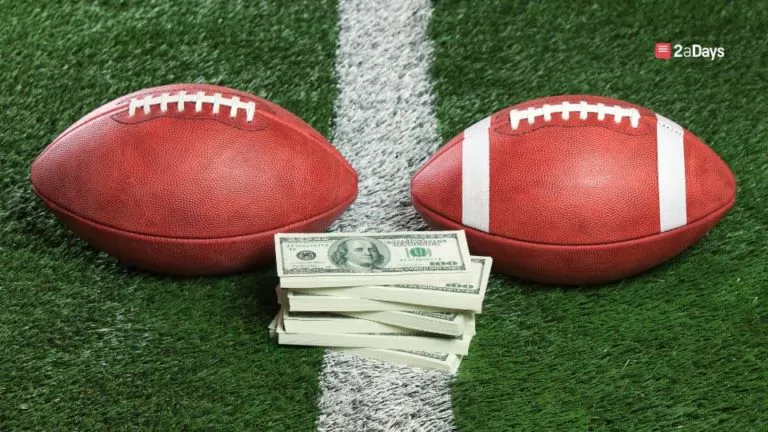This coming June marks the 50th anniversary of the passage of Title IX. This law prohibits federally funded institutions from discriminating on the basis of sex. However, the same does not hold true for the NCAA.
In 1999, the Supreme Court ruled in NCAA v. Smith that because the NCAA does not directly receive federal funds, it is not subject to the same law. Title IX claims in response to discriminatory programs or coach wages can be raised at NCAA member schools, but do not extend to the association at large.
Related: What is Title IX
Oregon's Sedona Prince set off an investigation on the blatant gender inequity within the NCAA during March Madness 2021. Prince's now viral Tiktok filming the differences between the men's and women's weight room at the tournament exposed the performative nature of the association's equity and inclusion statements. In the fall of 2021, Kaplan, Hecker & Fink performed an external analysis on the treatment of male and female athletics.
NCAA spending clearly reflects the disparities between men's and women's athletics today. The Kaplan, Hecker & Fink report found that the NCAA spent on average $4,285 on male Division I and national championship participants in 2018-2019 compared to the $2,588 for female participants in all sports excluding basketball. In single-gender sports such as wrestling and beach volleyball, the gap is even wider. Men's championships receive $2,228 more per student-athlete than women's championships.
Related: What is Going on in Women's NCAA Sports Right Now?
The investigation found that the structure of the NCAA is designed to maximize the value of the Division I men's basketball championship as its chief revenue producer. As a result, the NCAA's organizational composition, deployment of marketing strategies, funds, broadcasting agreements, and measured incentives have all contributed to the creation and normalization of gender inequality.
Related: How Title IX Fails Female Athletes
Dan Gavitt, the Senior Vice President of Basketball for the NCAA, tasked with managing both tournaments, dedicates more time and energy to the men's tournament. The disproportionate attention given to men's basketball can be traced back to marketing. For the women's tournament, the quality and quantity of branding in the arenas and host cities and the sponsorship of fan festivals are all notably inferior to that for the men. For example, it wasn't until this year that the women's tournament was allowed to use the iconic “March Madness” trademark–up until now, that brand was exclusively reserved for the men's national tournament.
According to the Kaplan report, the structure of broadcasting deals further incentivizes the promotion of the men's championship to the detriment of the women's championship. In addition to the right to air March Madness, CBS Broadcasting Inc. and Turner Broadcasting System Inc. own the NCAA's corporate sponsor program which controls all 90 NCAA championships. Companies must therefore pay twice to promote the women's championship: once to CBS for sponsorship rights and then again to ESPN for the broadcast rights to the specific tournament.
Related: Getting Women off the Sideline: Title IX Today
Financially, the odds are stacked against the women. In 2019, the last year of financial record, there was approximately a $35-million-dollar gap between the budgets of men's and women's tournaments. The structure of the NCAA's financial redistributions further incentivises schools to invest the majority of their funds into men's sports. The money the NCAA gains from CBS and Turner for the mMen's basketball championship ($850 million in 2021) is distributed based on the participation and performance of conferences' bids. With no analogous benefit from excellence in the women's tournament, the NCAA chooses to develop the men's game without investing in women.
The NCAA has continually fought the push for gender equality to their own detriment. Research by an independent media expert, Ed Dessler, estimates that the broadcast rights to the women's basketball championship will be worth $81-112 million annually in 2025. Yet, the NCAA undervalues this product. ESPN currently owns the rights to women's hoops and 28 other championships for just $34 million annually. By trying to safeguard men's basketball, the NCAA is disregarding the meaning of Title IX and missing out on a potentially lucrative revenue stream generated by female athletes.
As we approach the end of March Madness this year, we can reflect on the inequity of last year's event and look forward to a more promising future for female athletes in the spirit of Title IX.
End: Have an idea for a story or a question you need answered? Want to set up an interview with us? Email us at [email protected]
Related: Not All Sports Are Created Equal, The Truth Behind Women's Rowing and how it Saves Football
* Originally published on March 29, 2022, by Chloe Singer

